Athletic facilities form the foundation of successful sports programs, yet many schools struggle with outdated spaces that fail to meet modern athlete needs or showcase program excellence effectively. As competition intensifies for top student-athletes and programs seek every advantage in training and performance, strategic facility additions deliver measurable returns through improved recruitment, enhanced athlete development, and stronger community engagement.
This comprehensive guide explores 15 proven athletic facility additions that elevate sports programs at schools and universities nationwide. From strength training upgrades that prevent injuries to digital recognition displays that inspire current athletes through program history, these improvements address the full spectrum of modern athletic program needs while remaining practical for implementation across various budget levels.
Understanding Modern Athletic Facility Needs
Before exploring specific additions, understanding how athletic facility requirements have evolved helps prioritize investments that address current athlete expectations and program objectives.
The Changing Landscape of School Athletics
Today’s student-athletes enter programs with dramatically different expectations than previous generations. Exposure to elite training facilities through club sports, social media showcasing collegiate programs, and increased emphasis on athlete wellness create new standards for what constitutes an adequate athletic environment.
Modern facilities must serve multiple constituencies beyond just varsity athletes. Programs increasingly recognize the importance of creating spaces that accommodate multi-level participation, support athlete development across all skill levels, provide appropriate resources for female and male programs equally, integrate academic support alongside athletic training, and showcase program history and achievements that inspire current participants.

The ROI of Strategic Facility Investments
Athletic facility additions deliver returns through multiple channels that extend beyond immediate athletic performance. Strong facilities enhance recruitment by creating positive impressions during campus visits, improve retention by providing resources athletes need for development, build community support through spaces that welcome families and alumni, generate fundraising opportunities by creating naming and recognition possibilities, and strengthen school pride through visible excellence that entire communities celebrate.
Research on collegiate facility investments shows that programs making strategic improvements see measurable recruitment advantages, with top prospects consistently citing facilities as significant factors in institutional selection decisions. While high school dynamics differ, the principle remains consistent—quality facilities communicate program commitment and excellence that resonates with prospective athletes and their families.
Best Athletic Facility Additions That Transform Programs
1. Digital Recognition and Hall of Fame Displays
Modern athletic programs require recognition systems that honor comprehensive achievement histories while inspiring current athletes through accessible storytelling about program traditions and success.
Why This Matters:
Traditional trophy cases and plaques face severe limitations in space and storytelling capacity. As programs accumulate decades of achievements across expanding sport offerings, physical displays force impossible choices about which accomplishments receive visibility. Meanwhile, stored trophies and forgotten achievements fail to inspire current athletes or communicate program excellence to prospective families.
Digital recognition displays from solutions like Rocket Alumni Solutions eliminate these constraints entirely through interactive touchscreen systems that showcase unlimited achievements with rich multimedia content. Digital trophy cases transform how programs celebrate excellence while creating engaging experiences that hold attention far longer than static displays.
Key Features and Benefits:
Comprehensive achievement archives documenting complete program histories without space limitations enable schools to finally honor every championship, record, and significant accomplishment. Athletes see the full legacy they’re joining rather than just recent highlights.

Interactive exploration through search and filtering functionality allows visitors to discover specific athletes, years, or sports instantly. Current athletes regularly engage with displays, exploring teammates, searching for personal records, and discovering program traditions.
Multimedia storytelling capabilities integrate photos, videos, statistics, and narratives that bring achievements to life. Championship game footage, athlete interviews, and detailed performance data create emotional connections that static trophies cannot match.
Remote accessibility through web platforms extends recognition beyond physical campus locations, enabling alumni worldwide to explore current achievements while maintaining connections to programs that shaped their development.
Implementation Considerations:
Hardware costs for commercial-grade touchscreen displays typically range from $8,000-$25,000 depending on size and features. Content development represents the larger time investment but creates lasting value through comprehensive achievement documentation. Most programs implement in phases, starting with recent achievements and systematically adding historical content over time.
2. Strength and Conditioning Training Centers
Dedicated strength facilities designed specifically for athletic training deliver performance improvements while reducing injury risk through proper equipment and programming oversight.
Why This Matters:
Multi-purpose weight rooms shared across physical education classes, open gyms, and athletic training create scheduling conflicts that limit athlete access during optimal training windows. Generic equipment selections often miss sport-specific needs, while inadequate supervision increases injury risk and reduces training effectiveness.
Purpose-built athletic strength centers provide controlled environments where certified strength coaches can implement periodized training programs, monitor technique to prevent injury, track performance progression systematically, and create team culture through shared training experiences.
Essential Components:
Free weight areas with Olympic platforms, bumper plates, and specialty bars support fundamental strength movements including squats, deadlifts, cleans, and presses that form the foundation of athletic development across sports.
Machine circuits offering variable resistance through cable systems, plate-loaded machines, and selectorized equipment provide safer alternatives for beginning athletes while enabling targeted muscle development and rehabilitation protocols.
Functional training spaces with adequate floor space, turf areas, and specialized equipment including sleds, ropes, medicine balls, and resistance bands support movement pattern development, speed training, and sport-specific conditioning.
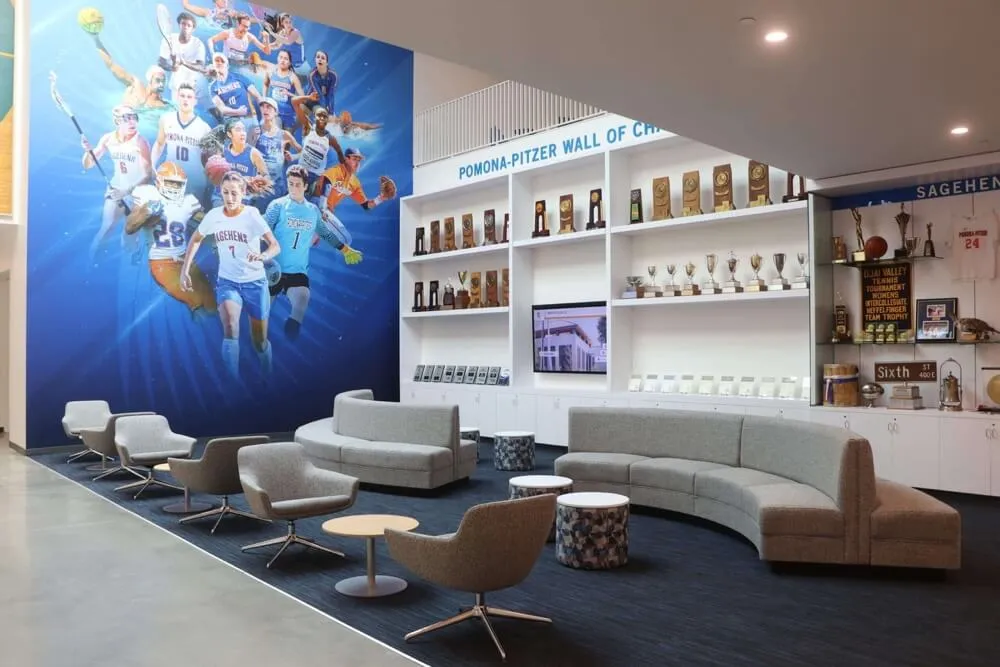
Performance tracking technology through velocity-based training devices, force plate systems, or basic tracking software enables data-driven programming that optimizes training loads and monitors athlete readiness.
Budget Options:
Programs with limited resources can start with essential free weight equipment and floor space before adding machines and technology. Even modest dedicated spaces with appropriate supervision deliver significant benefits over shared facilities with inadequate oversight.
3. Athletic Training and Sports Medicine Facilities
Comprehensive athletic training facilities staffed by certified athletic trainers provide injury prevention, treatment, and rehabilitation services essential for athlete health and performance.
Why This Matters:
Athletic injuries represent the primary factor limiting athlete availability and performance. Programs lacking adequate athletic training facilities force athletes to seek external care, creating treatment delays, inconsistent rehabilitation, and increased absence from training and competition.
On-site athletic training rooms enable immediate injury assessment, daily treatment and rehabilitation services, injury prevention programming through taping and pre-activity preparation, and coordination between athletic trainers, coaches, and families regarding athlete health status.
Facility Requirements:
Treatment areas with adequate examination tables, modality equipment including ultrasound, electrical stimulation, ice machines, and whirlpools provide therapeutic interventions that accelerate recovery and manage chronic conditions.
Taping and preparation stations where athletes receive pre-practice and pre-competition care including taping, bracing, and injury prevention measures help reduce acute injury rates and manage existing conditions.
Rehabilitation spaces with appropriate equipment for progressive loading, movement pattern retraining, and return-to-sport protocols enable athletes to safely progress from injury through full sport participation.
Storage and documentation systems maintaining medical records, emergency action plans, and equipment inventory ensure compliance with regulations while supporting quality care delivery.
4. Team Meeting and Film Study Rooms
Dedicated spaces for team meetings, film study, and tactical instruction enhance competitive preparation while creating venues for team building and culture development.
Why This Matters:
Effective coaching extends beyond physical practice into mental preparation through film study, tactical instruction, and team cohesion activities. Programs lacking appropriate meeting spaces struggle with video analysis, must conduct team meetings in gymnasiums with poor acoustics, have limited capacity for mental preparation that increasingly differentiates programs, and miss opportunities for culture-building experiences that strengthen team bonds.
Modern team rooms provide controlled environments optimized for learning and team development.
Essential Features:
Audio-visual systems with large displays or projection screens, quality sound systems, and connection capabilities for various devices enable effective film presentation and tactical instruction.
Comfortable seating appropriate for extended sessions ensures athletes remain engaged during film study and meetings rather than becoming distracted or uncomfortable.
Whiteboard or tactical board spaces where coaches can diagram plays, illustrate concepts, or facilitate strategic discussions supplement video analysis with real-time instruction.
Climate control and appropriate lighting create comfortable environments conducive to concentration and learning across different times of day and seasons.
Technology Integration:
Video analysis software enabling coaches to break down game film, create highlight compilations, and share footage with athletes for individual study enhances tactical preparation significantly.
5. Upgraded Locker Room Facilities
Quality locker rooms create daily touchpoints that communicate program values while providing functional spaces for equipment storage, preparation, and team interaction.
Why This Matters:
Athletes spend significant time in locker rooms before and after practices and competitions. These spaces shape daily experiences and perceptions about program quality. Outdated facilities with inadequate storage, poor maintenance, or insufficient amenities create negative impressions, while modern locker rooms reinforce program commitment to athlete experience.
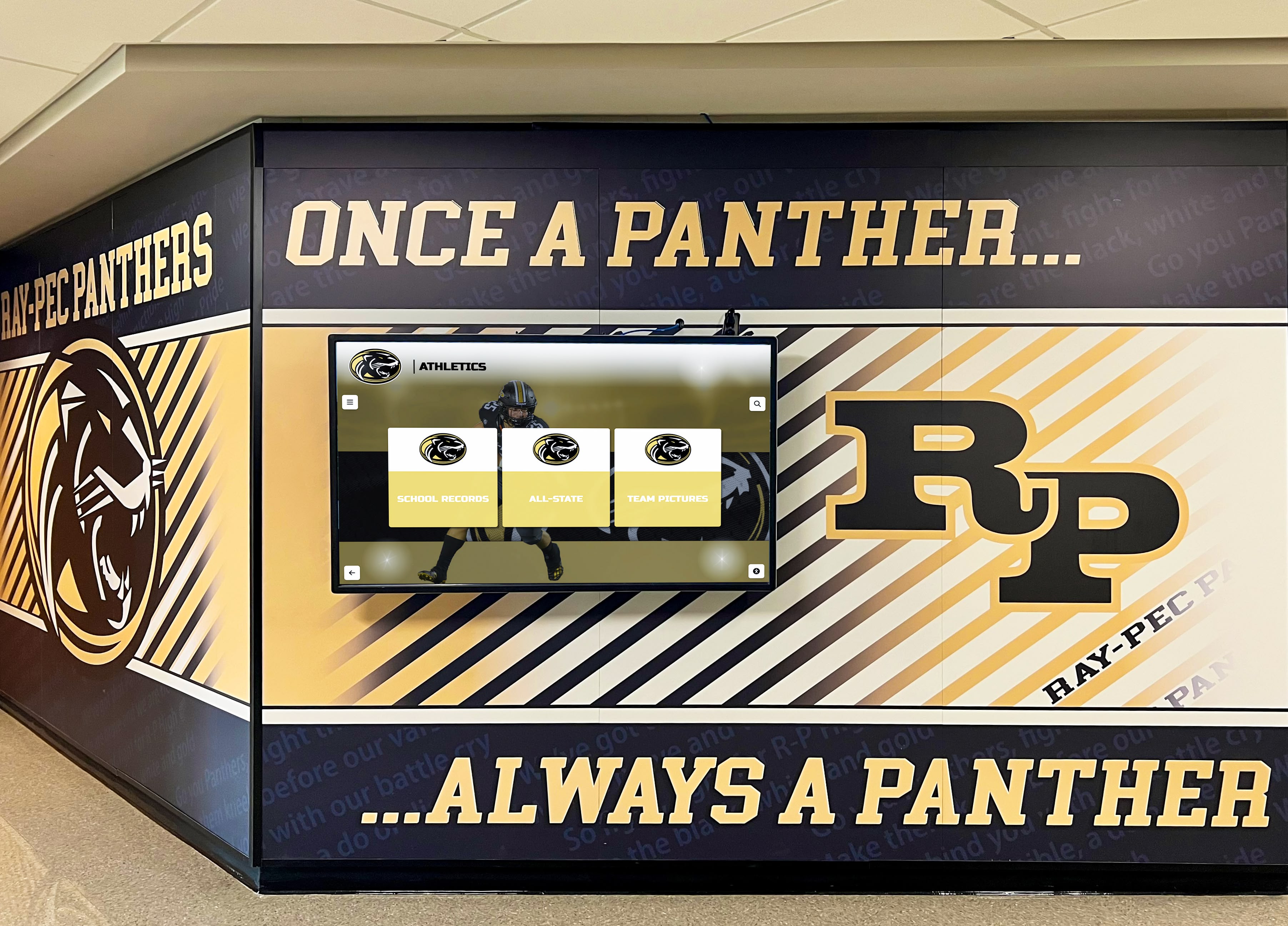
Improvement Priorities:
Individual locker assignments with adequate size for equipment storage, security features, and ventilation eliminate equipment clutter while providing athletes personal space that reinforces team membership.
Shower and changing facilities with appropriate capacity, privacy, and maintenance ensure hygiene while accommodating post-practice and post-competition needs.
Team recognition elements including championship banners, record boards, and tradition displays create inspiring environments that connect current athletes to program history. Interactive displays in locker room areas can showcase team histories and achievements in engaging formats.
Functional amenities such as appropriate benches, hooks, charging stations, and drying areas address practical needs that improve daily athlete experience.
6. Indoor Practice and Training Spaces
Weather-independent training facilities eliminate practice cancellations while providing controlled environments for technical skill development across sports.
Why This Matters:
Geographic locations with significant weather challenges lose valuable practice time to rain, heat, cold, or wind. Programs lacking indoor alternatives must cancel practices, move to suboptimal spaces, or conduct limited training that fails to meet competitive preparation needs.
Indoor facilities enable year-round training consistency, technical skill work in controlled environments, off-season development programs, and multi-sport use maximizing facility investment.
Facility Options:
Multi-purpose field houses with turf surfaces, adequate ceiling heights, and flexibility for various sports provide weather-independent venues for football, soccer, lacrosse, field hockey, baseball, softball, and track programs.
Batting and pitching facilities serve baseball and softball programs requiring specialized training environments with cages, pitching lanes, and appropriate safety considerations.
Court facilities for basketball, volleyball, and other court sports provide practice venues that free primary gymnasiums for competitions and physical education while enabling extended training access.
7. Outdoor Field and Surface Improvements
Quality playing surfaces impact injury risk, playing conditions, and maintenance requirements while creating positive impressions for programs competing for top athletes.
Why This Matters:
Field conditions directly affect athlete safety and performance. Poor drainage creates unsafe conditions after rain. Uneven surfaces increase injury risk. Inadequate maintenance yields inconsistent playing conditions that disadvantage home teams and create negative perceptions.
Surface improvements through proper drainage systems, regular maintenance programs, synthetic turf installations where appropriate, lighting upgrades enabling extended use, and spectator amenity improvements benefit multiple sports while enhancing community use.
8. Recovery and Wellness Facilities
Modern training emphasizes recovery as heavily as training stimulus. Facilities supporting recovery processes help athletes adapt to training loads more effectively while managing cumulative fatigue.
Why This Matters:
Athlete development requires balancing training stress with adequate recovery. Programs providing recovery resources help athletes manage soreness, accelerate between-session recovery, prevent overtraining and accumulated fatigue, and optimize adaptation to training stimuli.
Recovery Facility Components:
Cold therapy options including ice baths, cold plunge pools, or cryotherapy chambers reduce inflammation and accelerate recovery following intense training or competition.
Heat therapy through hot tubs, saunas, or warm water immersion promotes circulation and aids recovery while providing muscle relaxation benefits.
Compression therapy systems using pneumatic compression devices accelerate recovery through improved circulation and reduced muscle soreness.
Nutrition stations providing post-workout fueling and hydration support optimal recovery through proper nutrient timing.
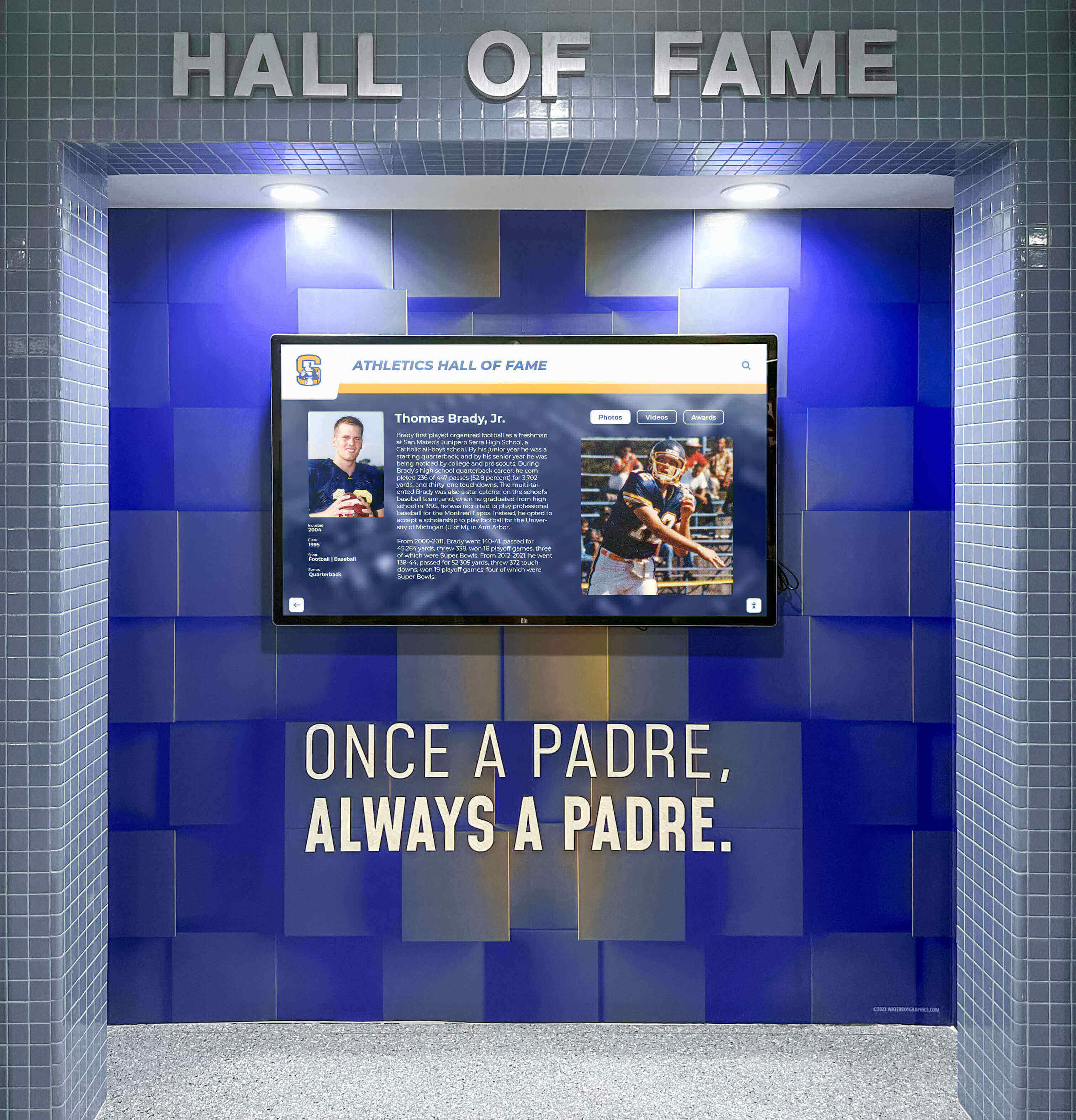
9. Academic Support and Study Centers
Student-athlete academic success requires support structures addressing unique scheduling challenges and ensuring eligibility while developing skills for post-athletic success.
Why This Matters:
Student-athletes face scheduling conflicts between practice, competition, travel, and academic demands. Programs lacking academic support see eligibility issues, struggles balancing athletics and academics, and limited preparation for careers beyond sports.
Dedicated academic centers provide tutoring services, quiet study spaces, computer and technology resources, academic monitoring systems, and mentorship supporting life skills development.
10. Modern Scoreboard and Video Display Systems
Advanced scoreboards and video displays enhance game atmosphere while providing platforms for recognition, entertainment, and sponsor engagement that supports program funding.
Why This Matters:
Outdated scoreboards with limited functionality miss opportunities to engage spectators, recognize participants, display sponsor content that generates revenue, and create exciting atmospheres that build program following.
Modern systems include high-definition video displays, integrated sound systems, flexible content management, and sponsor integration capabilities that generate revenue supporting facility improvements.
11. Enhanced Spectator Amenities
Quality spectator experiences build community support that translates into attendance, fundraising, and program advocacy throughout communities.
Why This Matters:
Athletic programs rely on community support through attendance, volunteer involvement, and financial contributions. Poor spectator experiences with inadequate seating, restroom facilities, concessions, or accessibility drive supporters away while missing opportunities to build program following.
Improvement priorities include comfortable seating with adequate capacity, accessible facilities meeting ADA requirements, quality restroom facilities appropriate for attendance, concession stands supporting program fundraising, and weather protection through covered areas or enclosed facilities.
12. Player and Team Lounge Spaces
Casual gathering spaces where athletes interact outside structured practices create community and team culture while providing venues for life skills programming and relationship building.
Why This Matters:
Team cohesion and program culture develop through relationships extending beyond practice and competition. Programs lacking dedicated athlete spaces miss opportunities for community building, informal mentorship between classes, and programming supporting personal development.
Quality lounge spaces include comfortable furniture promoting conversation, entertainment options including televisions and gaming systems, kitchen facilities for team meals and fueling, study areas supporting academic work, and recognition displays celebrating team history and current achievements.
13. Digital Record Boards and Statistical Displays
Dynamic record boards showcasing current records, statistical leaders, and historical achievements inspire current athletes while providing constantly updated recognition.
Why This Matters:
Traditional record boards require manual updates, become outdated quickly, cannot accommodate extensive statistics, and miss opportunities for engaging presentations that contextualize achievements.
Digital record board systems enable real-time statistical updates, unlimited record categories across all sports, historical comparisons showing record progressions, searchable databases allowing exploration, and integration with stats systems automating updates.
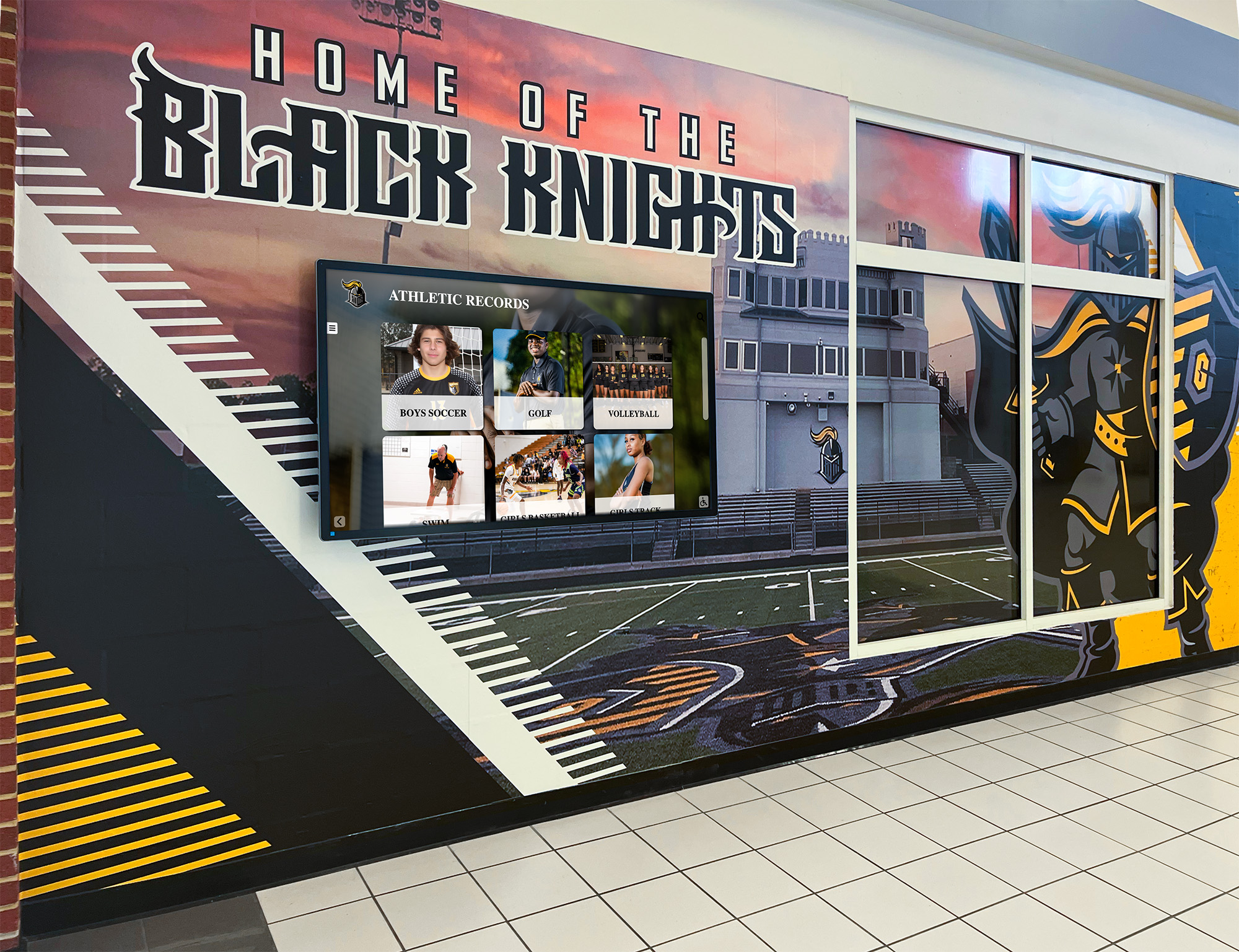
14. Coaches’ Offices and Staff Facilities
Quality coaching spaces enable effective program management while providing environments for recruitment, family meetings, and professional work that increasingly defines successful coaching.
Why This Matters:
Coaching extends far beyond on-field instruction into recruiting, communication with families, video analysis, planning, and administrative responsibilities. Inadequate office spaces limit coaches’ effectiveness while creating negative impressions during recruitment and family interactions.
Essential features include private meeting spaces for recruiting and sensitive conversations, technology supporting video analysis and communication, adequate workspace for planning and administration, and professional environments reflecting program quality.
15. Outdoor Gathering and Event Spaces
Multi-purpose outdoor spaces supporting team events, community gatherings, and recognition ceremonies strengthen program culture while providing flexible venues for various functions.
Why This Matters:
Athletic programs benefit from spaces facilitating team meals, recognition ceremonies, community events, and informal gatherings. Outdoor areas with appropriate amenities create venues for events strengthening team bonds and community connections.
Facility components include covered pavilions or pergolas providing weather protection, seating and gathering spaces accommodating groups, grilling or food service areas for team meals, and recognition elements celebrating achievements and supporters.
Prioritizing Facility Additions for Maximum Impact
Understanding which additions deliver the greatest value helps athletic directors with limited budgets make strategic decisions maximizing return on investment.
High-Impact, Lower-Cost Additions
Digital recognition displays provide comprehensive achievement showcasing without ongoing space or production costs associated with physical trophies.
Locker room improvements through paint, updated lockers, and team recognition elements create immediate athlete experience improvements at moderate costs.
Team meeting room conversions from existing spaces with audio-visual equipment additions enable enhanced preparation without major construction.
Medium-Investment, Significant-Return Additions
Dedicated strength training centers using existing spaces with appropriate equipment purchases dramatically improve training capacity and athlete development.
Athletic training facility upgrades through dedicated space, treatment equipment, and staffing deliver injury prevention and treatment capabilities essential for program health.
Record boards and statistical displays celebrating achievements inspire athletes while providing recognition that traditional approaches cannot match.
Major Investments With Long-Term Benefits
Indoor practice facilities requiring significant construction deliver weather-independent training enabling year-round program development.
Field surface replacements or synthetic turf installations improve playing conditions, reduce maintenance, and enable expanded use.
Spectator facility improvements including stands, restrooms, and concessions build community support that sustains programs over decades.
Funding Strategies for Facility Improvements
Athletic facility additions require creative funding approaches combining institutional support, community fundraising, and strategic partnerships.
Institutional Budget Allocation
Advocating for facility improvements requires demonstrating value through recruitment impact, enrollment influence, community engagement benefits, student welfare enhancements, and competitive positioning relative to peer programs.
Booster Club and Fundraising Campaigns
Athletic booster organizations provide natural vehicles for facility fundraising through annual fundraising events, capital campaigns for specific projects, naming opportunities for significant donors, corporate sponsorships generating ongoing revenue, and legacy giving programs building endowments.
Grant Opportunities
Various grant programs support athletic facility improvements including state athletic association grants, national governing body programs, health foundation grants supporting wellness facilities, and local community development programs supporting youth activities.
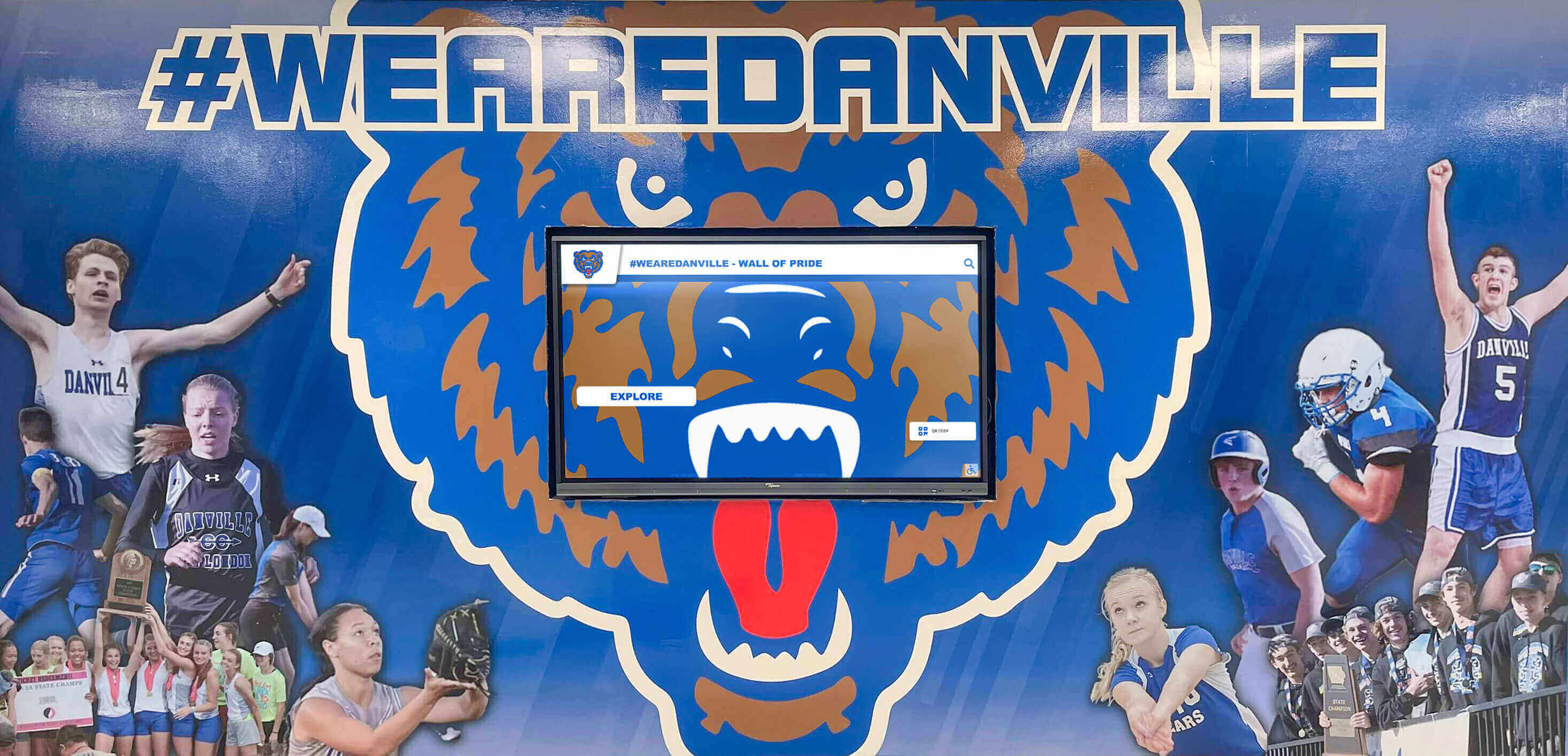
Measuring Facility Addition Success
Assessing whether facility investments deliver expected returns helps justify expenditures while informing future decisions about additional improvements.
Quantitative Metrics
Track measurable indicators including athlete recruitment and retention rates, program participation numbers, competition performance improvements, injury rate reductions, facility usage statistics, and fundraising and community support trends.
Qualitative Assessments
Gather feedback revealing facility impact through athlete satisfaction surveys, coach effectiveness assessments, parent and family feedback, community perception evaluations, and recruit and visitor impressions.
Conclusion: Building Facilities That Transform Athletic Programs
Strategic athletic facility additions deliver multifaceted benefits extending far beyond immediate physical improvements. Quality facilities communicate program commitment that attracts top athletes, provide resources enabling optimal development, create environments where athletes thrive physically and mentally, build community support sustaining programs long-term, and establish competitive advantages distinguishing programs from peers.
The most successful facility improvement initiatives combine practical training enhancements with recognition systems that inspire through program history and tradition. Rather than viewing these as separate investments, forward-thinking athletic directors recognize that comprehensive facilities address both physical performance needs and the cultural elements that define exceptional programs.
Whether implementing single high-priority additions or planning comprehensive facility transformations, focusing investments on improvements delivering maximum impact across recruitment, development, and community engagement ensures limited resources generate meaningful returns that elevate entire athletic programs.
Ready to transform your athletic facility’s recognition and tradition displays? Digital solutions like those from Rocket Alumni Solutions provide comprehensive platforms specifically designed for athletic programs seeking to honor achievement, inspire current athletes, and build program culture through engaging recognition that traditional trophy cases cannot match. Explore how modern recognition technology can complement your physical facility improvements and create the complete athletic environment where champions develop.




































